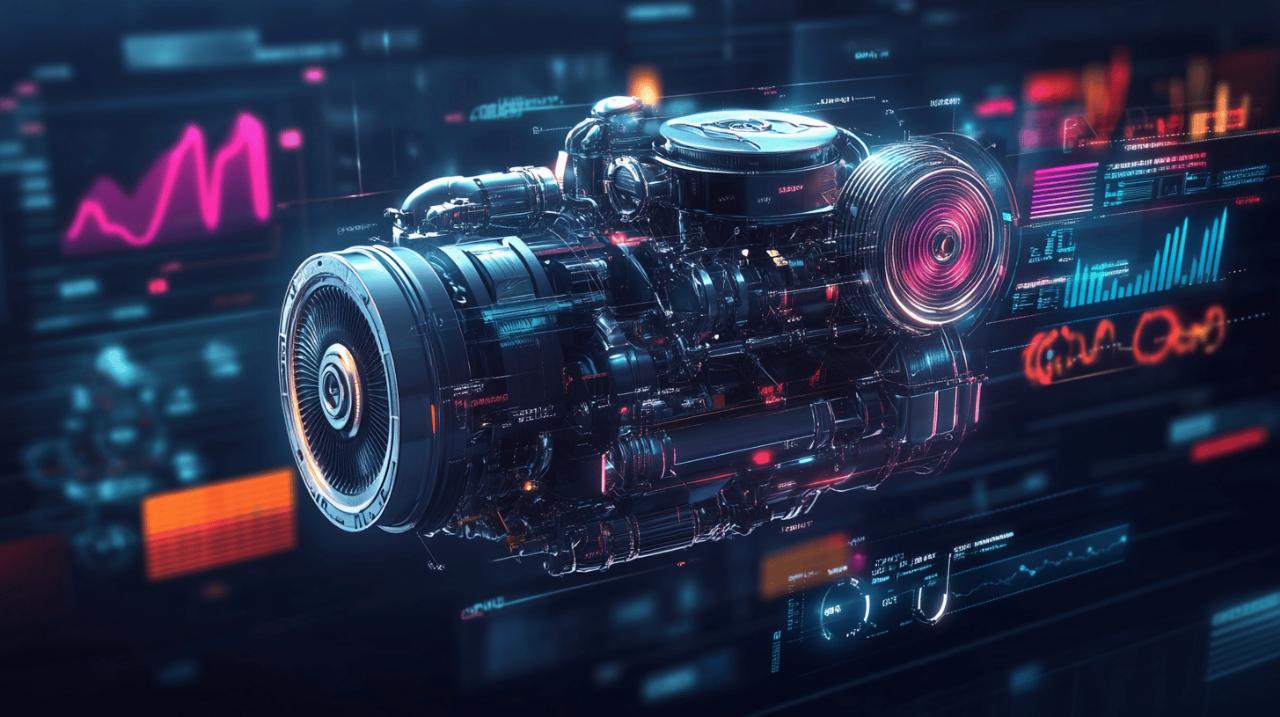In recent years, three-cylinder engines have gained significant popularity among car manufacturers seeking to improve fuel efficiency while reducing vehicle weight. These compact powerplants offer a different driving experience compared to their larger counterparts, with distinct advantages and disadvantages that are worth considering before making a purchase. Let’s explore what makes these engines unique and examine their strengths and weaknesses in modern vehicles.
The advantages of 3-cylinder engines
Three-cylinder engines have become increasingly common in the automotive industry, with major manufacturers like Volkswagen, Toyota, and Ford incorporating them into their smaller vehicle models. As discussed in an article from Auto Service Feser (https://www.auto-service-feser.de/), these compact engines offer several compelling benefits that make them attractive options for both manufacturers and consumers alike.
Superior fuel efficiency and lower emissions
One of the most significant advantages of three-cylinder engines is their impressive fuel economy. These engines typically consume less fuel than their four-cylinder counterparts due to having fewer moving parts and reduced internal friction. For example, the Toyota Yaris with a three-cylinder engine achieves approximately 36 mpg in city driving conditions and 40 mpg on motorways. In comparison, the Ford Focus manages about 29 mpg in the city and 37 mpg on motorways. This improved efficiency translates directly into lower running costs for vehicle owners and reduced environmental impact through decreased carbon emissions.
The reduced number of cylinders also means these engines produce fewer emissions overall. With increasing global focus on environmental regulations, car manufacturers are leveraging three-cylinder technology to meet stricter emission standards without sacrificing performance. The smaller engine displacement and more efficient combustion process contribute to a greener driving experience, making these engines particularly suitable for environmentally conscious drivers.
Compact size and weight reduction benefits
The compact design of three-cylinder engines offers several practical advantages. Their smaller physical footprint allows car designers more flexibility with vehicle layouts, potentially creating more spacious interiors despite the vehicle’s external dimensions. This is particularly valuable in smaller city cars where maximising interior space is a priority. The reduced weight of these engines also contributes to better overall vehicle dynamics and handling characteristics.
From a manufacturing perspective, three-cylinder engines require fewer materials and components than larger engines, making them less expensive to produce. These production cost savings often translate to lower purchase prices for consumers. Additionally, with fewer parts that can potentially fail, three-cylinder engines typically incur lower maintenance costs over their lifetime. The simplified design means fewer spark plugs, injectors, and valves that might need replacement, reducing the frequency and cost of service visits to places like Auto Service Feser, which offers comprehensive car repairs and maintenance services.
The disadvantages of 3-cylinder engines
Despite their numerous benefits, three-cylinder engines do come with certain drawbacks that potential buyers should consider before making a purchase decision. These limitations may impact the driving experience and overall satisfaction for some motorists, particularly those accustomed to larger, smoother engines.

Vibration and noise considerations
Perhaps the most noticeable disadvantage of three-cylinder engines is their inherent vibration and noise characteristics. Unlike four-cylinder engines that have a more balanced power rotation every 90 degrees, three-cylinder engines rotate power every 120 degrees, creating an uneven firing order. This imbalance results in more pronounced vibrations, especially at idle when the engine is not under load. Many drivers report experiencing a rough idling sensation where the vehicle noticeably shakes when stationary.
The distinctive sound produced by three-cylinder engines also differs from what many drivers are accustomed to hearing. These engines typically generate a more pronounced thrum or buzz that some find charming and others consider irritating, particularly at higher speeds. Manufacturers have made significant strides in addressing these issues through improved engine mounts, balancing shafts, and sound insulation, but the characteristic vibration and sound profile remain inherent to the three-cylinder design. These qualities may require an adjustment period for drivers switching from four or six-cylinder vehicles.
Performance limitations and power delivery challenges
When it comes to raw performance, three-cylinder engines generally lag behind their larger counterparts. With fewer cylinders generating power, these engines typically produce less torque and horsepower than similar-sized four-cylinder alternatives. This power deficit can manifest as sluggish acceleration, especially from a standstill or when attempting overtaking manoeuvres at motorway speeds. The engine may feel strained when pushed hard, requiring more aggressive throttle input to achieve the same performance as a larger engine.
Another common criticism concerns power delivery characteristics. Three-cylinder engines can sometimes deliver power in a less linear fashion compared to larger engines, resulting in a driving experience that feels less refined. This can be particularly noticeable when navigating stop-and-start traffic conditions, where the engine might struggle to provide smooth, consistent power at lower speeds. For drivers who prioritise responsive acceleration and seamless power delivery, these limitations may prove frustrating, especially if they’re accustomed to larger displacement engines with more cylinders.
Despite these drawbacks, automotive technology continues to evolve, with manufacturers implementing turbocharging, direct injection, and other advancements to address the performance limitations of three-cylinder engines. These improvements have significantly narrowed the performance gap between three and four-cylinder engines while maintaining the efficiency advantages that make three-cylinder engines attractive in the first place.

